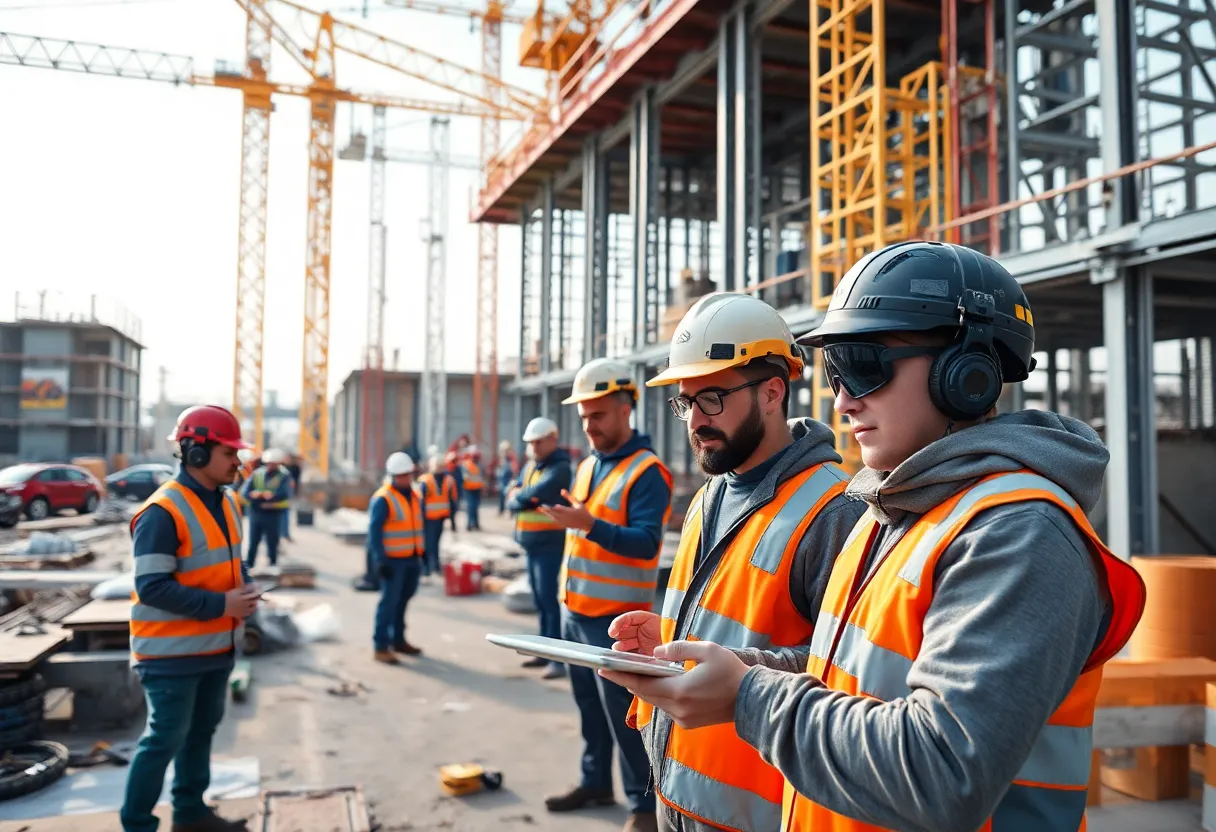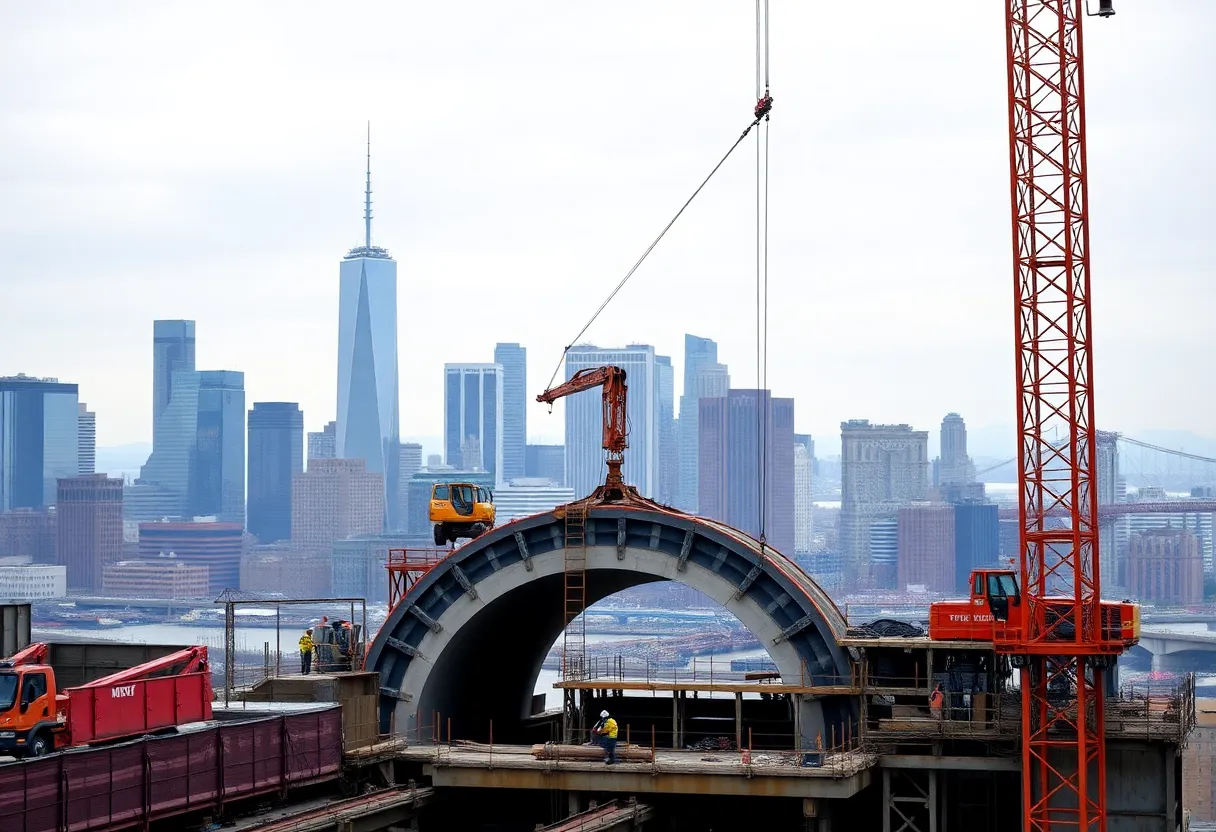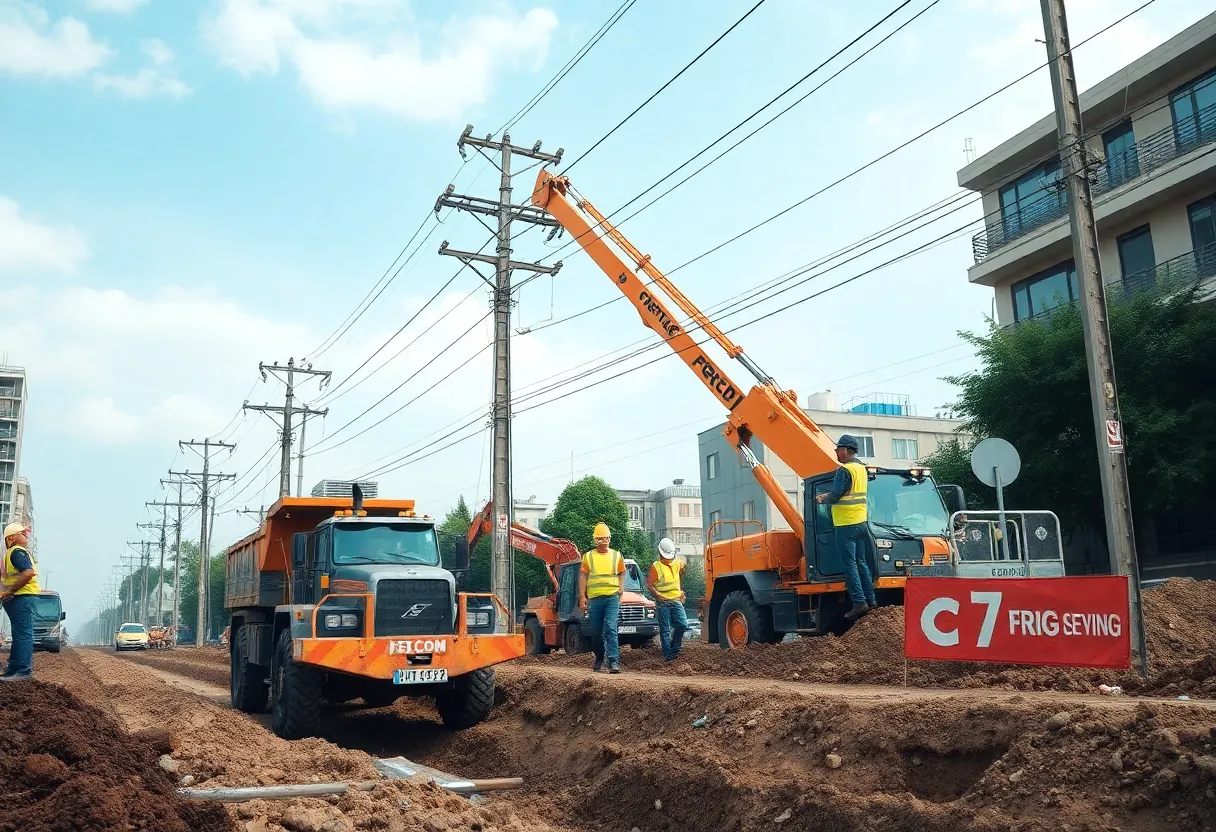News Summary
The construction industry in the EMEA region faces a complex landscape of economic uncertainty and technological advancements. Autodesk’s recent report reveals that 55% of firms cite economic challenges, raw material cost increases, and labor shortages. Despite these issues, optimism prevails as 65% of leaders are confident about their financial prospects. The report highlights the importance of technological adoption and the ongoing challenge of attracting skilled labor, especially among younger generations. With strategic investments in digital tools, the industry aims to navigate these challenges and improve workplace culture for a sustainable future.
EMEA Construction Industry Grapples with Economic Uncertainty While Embracing Technology
The construction industry across the EMEA region is currently facing a complex landscape characterized by rapid technological advancements and economic challenges. While the adoption of artificial intelligence (AI) and other digital tools is increasing, construction companies are also dealing with significant issues such as economic uncertainty, a shortage of skilled labor, and ongoing inefficiencies within operations.
Shifting Economic Landscape
As highlighted in Autodesk’s annual State of Design and Make report, which surveys business leaders from 14 countries within the EMEA region, the current environment poses unique challenges and opportunities in each market. Among the common concerns, economic uncertainty, alongside higher labor costs and increased raw material costs, are reported by 55% of construction businesses. Leaders in countries like Spain and Portugal are particularly worried, with 66% expressing concerns over economic stability, alongside 61% in France.
Despite these concerns, many companies have seen a rise in project backlog. About 54% report an increase, and 35% indicate that their backlog has remained stable. However, the culture of late payments—mentioned by 89% of respondents across various projects—remains a persistent issue that businesses must navigate.
Optimism Amid Challenges
Even with the prevailing uncertainties, 65% of construction leaders remain optimistic about their financial performance in the coming three years. Furthermore, 62% express positive sentiments regarding the future of the construction sector as a whole. Notably, leaders from Ireland and the Netherlands display the highest levels of optimism at 77% and 70%, respectively, while German leaders are the least optimistic at 43%.
This optimism often correlates with digital maturity. Among organizations identified as digital leaders—those that have fully integrated AI into their processes—82% feel financially secure. In contrast, only 63% of emerging firms and 52% of beginner organizations share this sentiment.
Technological Trend and Data Management
The survey reveals that spreadsheets remain the most widely utilized digital tool, used by 35% of firms, followed by project management software (29%) and 2D/3D modeling tools (28%). Digital leaders benefit significantly from their tech adoption, spending about 13 hours per week on data searches, compared to only 11 hours for digital leaders who have implemented more efficient systems.
Furthermore, there are apprehensions about data quality, with 50% of leaders expressing concern over the accuracy and structure of their data, which could adversely affect their decision-making processes. Given the rapid pace of technological evolution, half of the industry leaders are cautious about investing in technologies that may quickly become outdated.
Workforce Challenges and Opportunities
The struggle for skilled labor remains pressing, with 53% of firms indicating a lack of suitable skills in their workforce. In Spain and Portugal, this concern escalates to 64%, while the Middle East also faces similar challenges. Adding to these worries is the aging workforce, a significant issue recognized by 63% of leaders, with 79% in Ireland and 72% in France considering it a top concern.
Financial constraints stemming from this skills shortage are substantial, as 55% of construction leaders cite difficulties in accessing skilled labor as a barrier to growth. In response, many companies are taking proactive steps to attract young talent, with two-thirds of industry leaders acknowledging this necessity. Interest in sustainability initiatives is another attractive factor, leading 66%** of leaders to consider it a key strategy in retaining employees.
Regulatory and Economic Framework
Local economic conditions and market dynamics are rapidly evolving, influencing project financing and investor confidence across various regions within EMEA. Autodesk’s regional data offerings support customers by allowing them to store project data locally, which enhances compliance and ensures security for client projects amidst these changing conditions.
As the construction industry in the EMEA region navigates a landscape filled with both challenges and opportunities, embracing technology and focusing on workforce development may be key to fostering a resilient and sustainable future.
Deeper Dive: News & Info About This Topic
Additional Resources
- Autodesk: State of Design – Spotlight on Construction in EMEA
- Wikipedia: Construction
- CBNME: ZincFive Launches EMEA Hub
- Google Search: EMEA Construction
- Business Wire: Vantage Data Centers Announces Investment in EMEA
- Encyclopedia Britannica: Construction
- Insurance Insider: EMEA Head of Construction Chapman to Land at Arch
- Google News: Construction Industry EMEA
Author: Construction NY News
The NEW YORK STAFF WRITER represents the experienced team at constructionnynews.com, your go-to source for actionable local news and information in New York and beyond. Specializing in "news you can use," we cover essential topics like product reviews for personal and business needs, local business directories, politics, real estate trends, neighborhood insights, and state news affecting the area—with deep expertise drawn from years of dedicated reporting and strong community input, including local press releases and business updates. We deliver top reporting on high-value events such as the New York Build Expo, infrastructure breakthroughs, and cutting-edge construction technology showcases. Our coverage extends to key organizations like the Associated General Contractors of New York State and the Building Trades Employers' Association, plus leading businesses in construction and real estate that power the local economy such as Turner Construction Company and CMiC Global. As part of the broader network, including constructioncanews.com, constructiontxnews.com, and constructionflnews.com, we provide comprehensive, credible insights into the dynamic construction landscape across multiple states.





